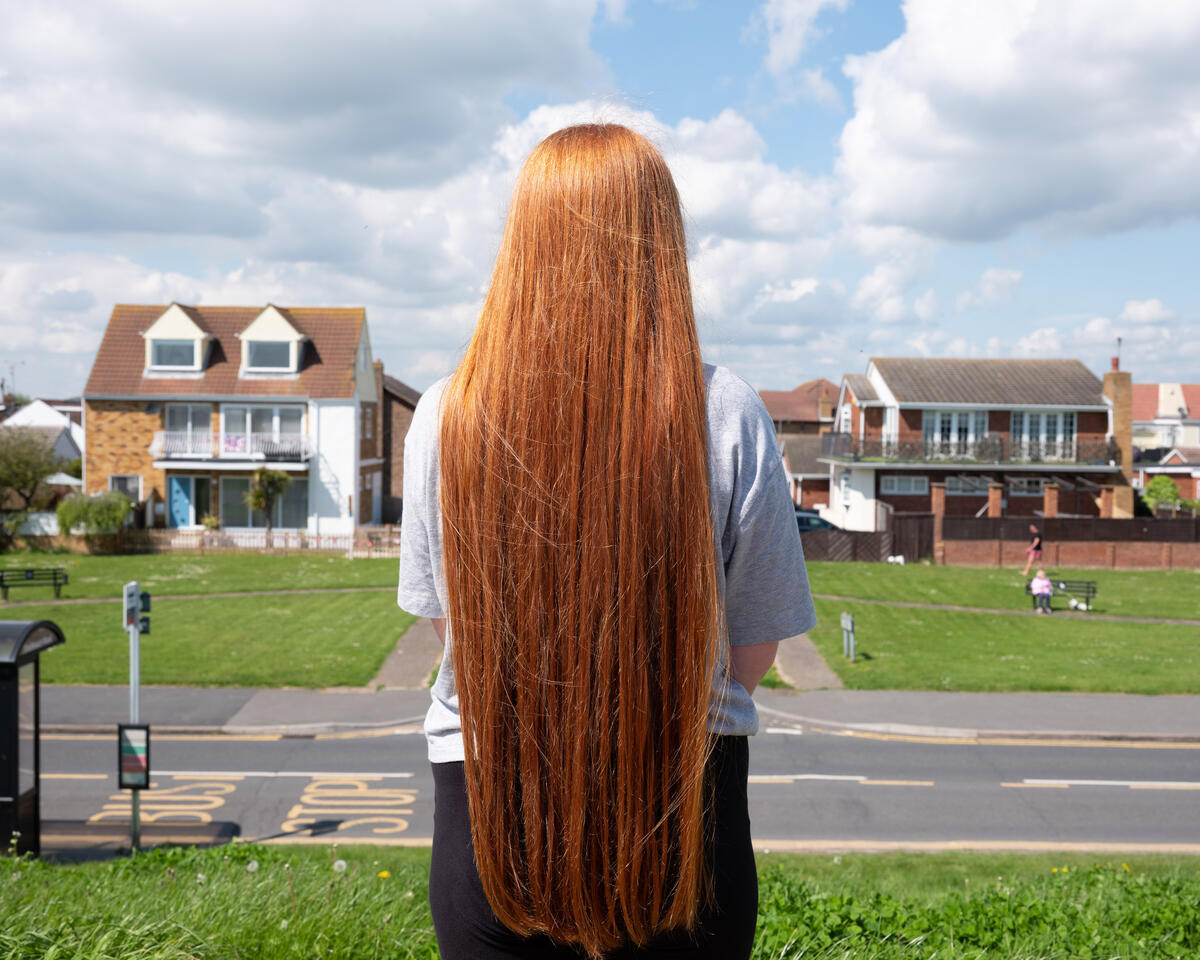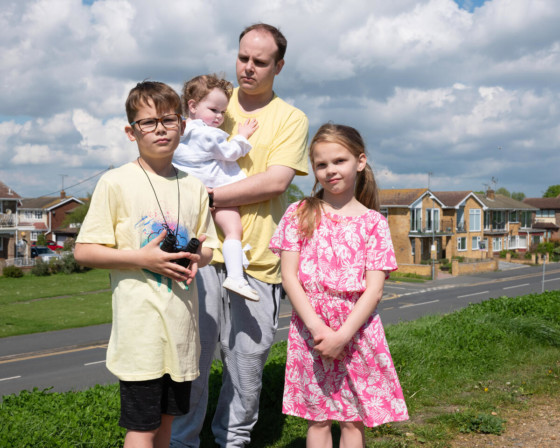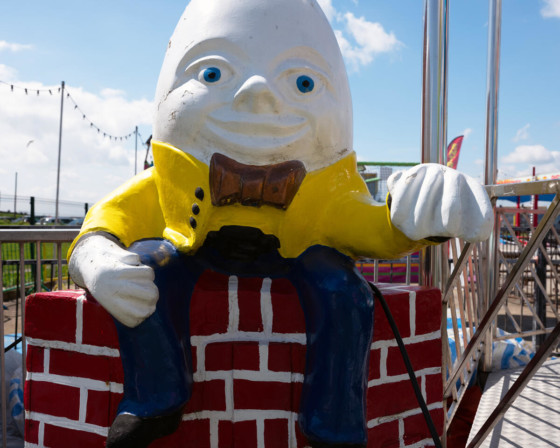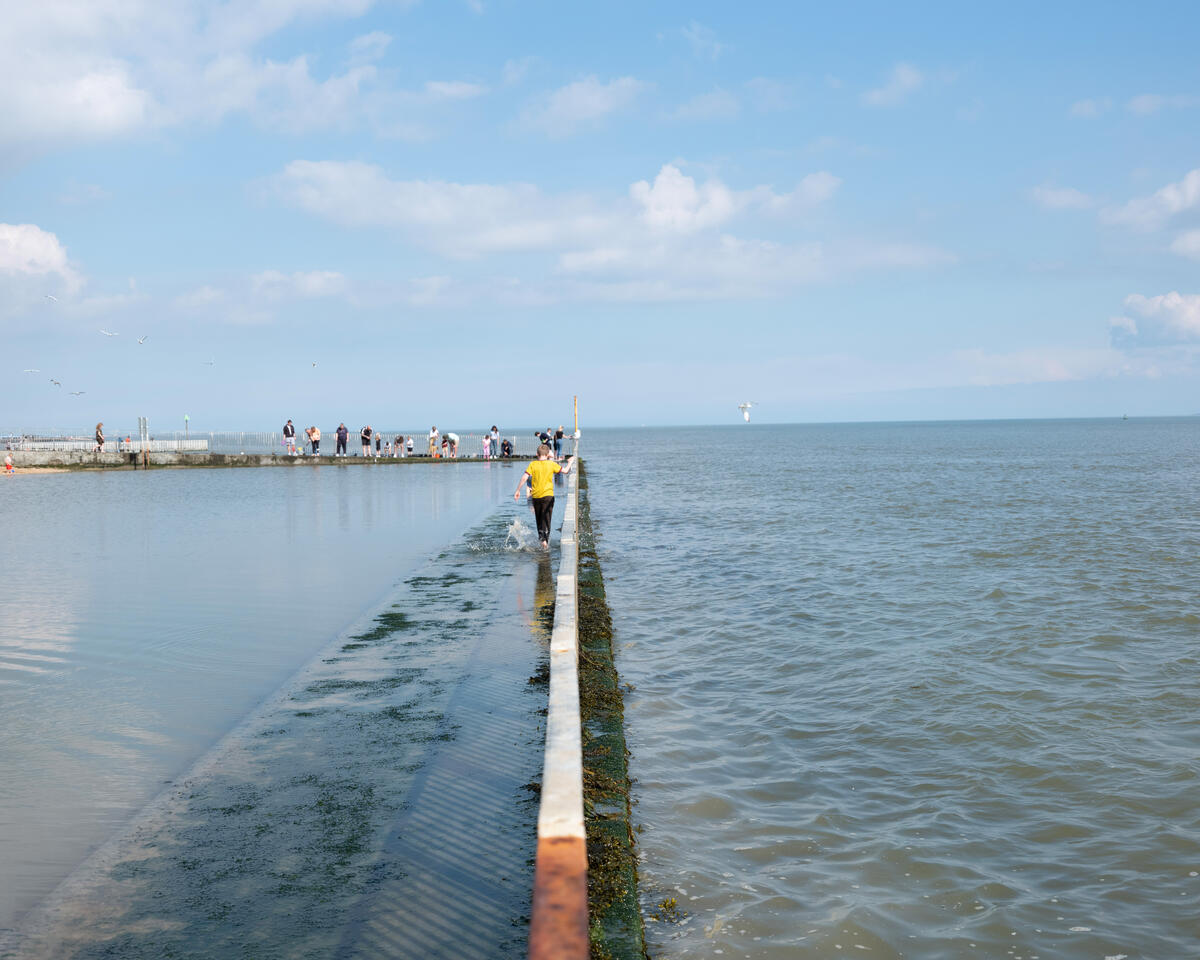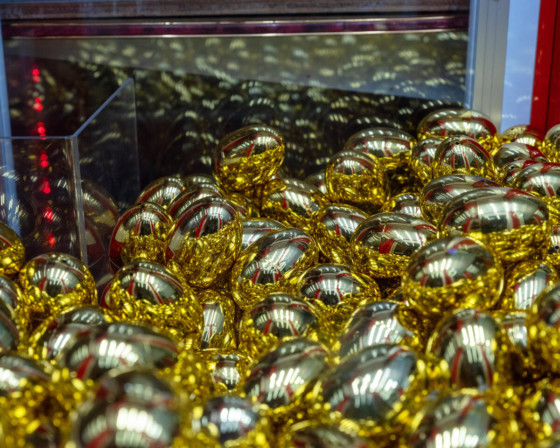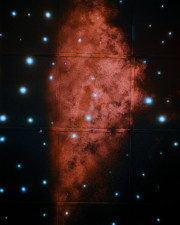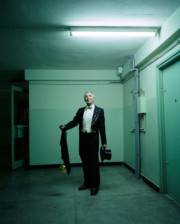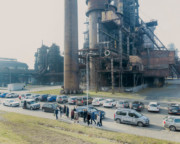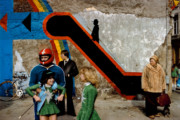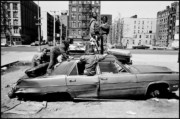Finding the Essence of Essex
Lúa Ribeira teams up with writer and curator Jes Fernie on a collaborative project around the representation of England’s eastern county of Essex.
“Essex is a gnarled and unforgiving place,” Jes Fernie writes in an essay titled The Peculiar People. “It is the armpit of the east of England. A place where industrial effluence is accrued; old, unwanted things are washed up; and secrets remain well hidden.”
Earlier this year, Fernie delved into the Magnum Archive to explore how England’s most eastern county has been represented through the Magnum archive. In the United Kingdom and beyond, the name ‘Essex’ is one which brims with stereotypes and caricatures, and for many photographers, as Fernie writes, the temptation to reconfirm the clichés is often simply “too enticing.”
“The ‘Essex’ section of the Magnum and Getty Images archives are full of people sporting tattoos, bad teeth, no teeth, face-lifts, people who are old before their time, who look malnourished, over-nourished, rangy, poor and loud,” she writes. “People sniffing glue at bus stops, teddy boys and girls looking aggressive and proprietorial, drunk women at hen parties, people wearing pink tracksuits eating chips on the beach.”
Seeking to make space for new narratives, Fernie teamed up with Magnum photographer Lúa Ribeira on a collaborative project, supported by the Essex County Council Arts and Cultural Fund. The first step was for Fernie to write a response to her findings in the Magnum Archive, which became the essay The Peculiar People. The essay weaves Fernie’s own experiences of Essex — a Londoner who moved to the city of Colchester over 20 years ago — with references to the county’s past, present and future, from word of popular British soap opera East Enders to the county’s gradual, “gnawing” coastal erosion.
"A place that conjures such vivid, often negative, responses and stereotypes is, it turns out, a place worth exploring. "
-
Once the essay was complete, Fernie then handed the baton over to Ribeira, the Galician photographer now based in Bristol. Ribeira spent five days on location in Canvey Island, Essex shooting a photographic response to the essay. “I photographed the main places and sites of the island such as the Canvey Wick nature reserve, the jetty, the tidal swimming pool, the seafront arcades and fun fairs, the flood prevention wall and its murals, the marine, and more,” Ribeira describes. “I also focused a lot of energy on the younger generations — they define the future of the place and I found it interesting to focus on them with the backdrop of the rich scenery.”
"You can easily disappear here, into an unruly world of constructed identities, perilous conditions, and hazy futures."
-
The final step was to bring the two strands together and involve the community through a series of collaborative workshops hosted by Magnum Photos. Three workshops took place between May and July with residents of three towns across the county — Harlow, Basildon, and Colchester. Led by Magnum Education Manager Bayryam Bayryamali, the workshops revolved around the theme of visual literacy, using the archival and Ribeira’s contemporary representations of Essex to explore the power of storytelling through photography.
“We wanted to challenge stereotypes of how the county has been visually represented and offer strategies on how to reclaim the narrative around what Essex means as a place of belonging,” Bayryamali explains. Working with local libraries in each location, they co-produced a photo album where each participant was invited to work with images from the Magnum archive, the new commissioned work by Lúa Ribeira, and their own images from their family albums, mobile phones, or cutouts from magazines and newspapers.
The final product is a resource that continues to live and breathe in libraries around Essex. Each photo album produced during the workshops will be hosted in the participaing libraries across the county, and visitors are encouraged to take a look and contribute their own image. It ties together past, present, and future: the historical via the Magnum archive, the contemporary via Fernie’s essay and Riberia’s photographs, and the future via the collaborative photo album created — and added to — by communities.
Together, their work combines to question how we can capture the essence of a place through photography. It is a step towards a new narrative for Essex that, as put by Fernie, “welcomes the ghosts, the brave, the unruly, and embraces all the strangeness,” serving as a reminder of how combining different voices and different points of view can enrichen representations of places.
Read Jes Fernie’s full essay, The Peculiar People, here.


